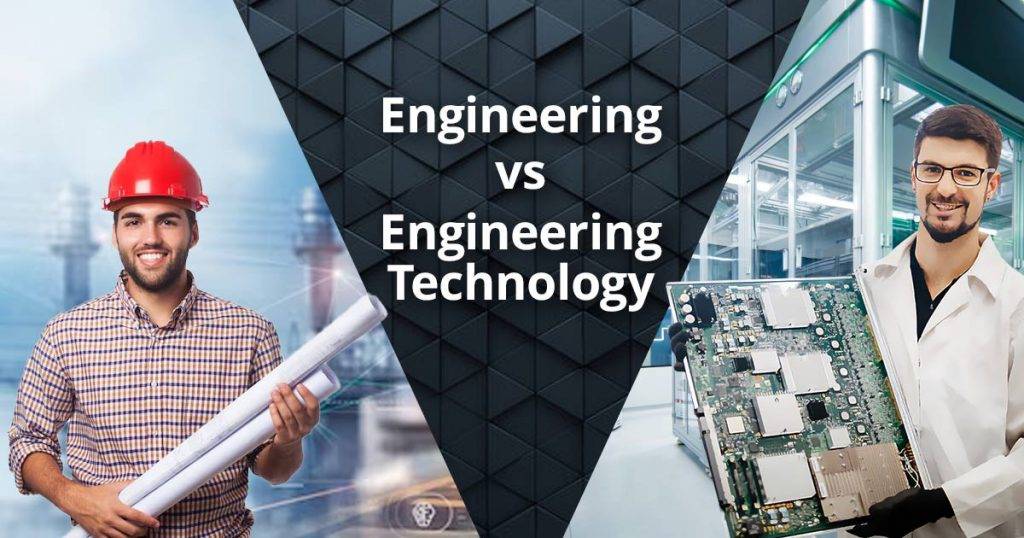Can Technology Replace Engineering

The Evolving Landscape of Engineering in the Age of Automation
The debate surrounding the replacement of human engineers with advanced technologies has intensified in recent years. As artificial intelligence (AI) and machine learning (ML) continue to evolve, the question of whether these technologies can fully substitute skilled engineers is more relevant than ever. This article explores the current state of technology in engineering, its potential to replace human workers, and the implications for the future.
The Rise of AI and ML in Engineering
Over the past decade, AI and ML have made significant strides in various fields, including engineering. These technologies are increasingly being used to design, simulate, and optimize complex systems. For instance, AI-driven algorithms can analyze vast amounts of data to predict failures in machinery, optimize supply chains, and even design new products. Companies like Tesla and SpaceX have leveraged AI to push the boundaries of what is possible in engineering.
The Role of Technology in Engineering
Technology has already begun to change the way engineers work. Automation tools can handle repetitive tasks, freeing up engineers to focus on more creative and strategic work. Robotics, for example, are used in manufacturing to perform precise and dangerous tasks, reducing the risk to human workers. Similarly, AI-powered design software can generate multiple design options in a fraction of the time it would take a human engineer.
The Limitations of Technology
Despite these advancements, there are significant limitations to what technology can currently achieve. Human intuition, creativity, and problem-solving skills remain crucial in engineering. Engineers often need to make decisions based on incomplete information, which requires a level of judgment that AI currently lacks. Moreover, the ethical considerations and regulatory frameworks that govern engineering practices are complex and evolving, areas where human oversight remains essential.
The Future of Engineering
As technology continues to advance, the role of human engineers will evolve rather than disappear. Engineers of the future will likely work alongside AI and other advanced technologies, using them as tools to augment their capabilities. This collaboration could lead to breakthroughs in fields ranging from sustainable energy to space exploration. However, it will also require a shift in educational and training programs to equip engineers with the skills necessary to work effectively with these new tools.
Impact on the Workforce
The integration of technology into engineering will undoubtedly have an impact on the workforce. While some jobs may become automated, new opportunities will emerge. Engineers who can adapt to the changing landscape, leveraging technology to enhance their work, will be in high demand. Industries will need to invest in retraining programs to help current engineers transition to these new roles.
Ethical Considerations
The use of AI and other technologies in engineering raises important ethical questions. As these tools become more integrated into engineering practices, it is crucial to ensure that they are used responsibly. This includes addressing issues such as data privacy, algorithmic bias, and the potential for job displacement. Engineers, policymakers, and technology developers must work together to create standards and regulations that prioritize ethical considerations.
Conclusion
The question of whether technology can replace engineers is complex and multifaceted. While AI and ML have the potential to automate many tasks, human ingenuity and judgment remain indispensable. The future of engineering lies in a symbiotic relationship between human engineers and advanced technologies. By leveraging the strengths of both, we can push the boundaries of what is possible and create a more innovative and sustainable world.
0 Response to " Can Technology Replace Engineering"
Post a Comment